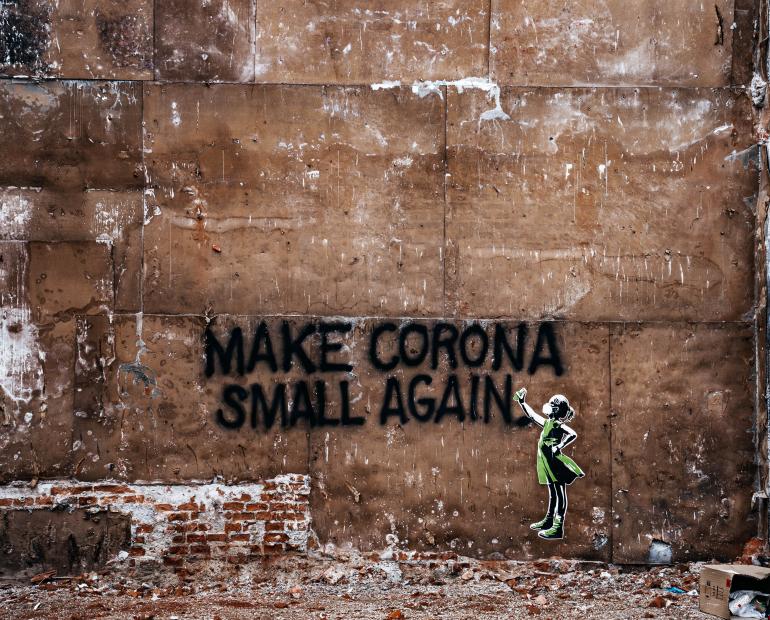
If you’ve watched the acclaimed Netflix original ‘La Case de Papel’ (Money Heist), there is a high likelihood you remember the tune of Bella Ciao which represents the essence of the show as an anthem of resistance. It has featured on the show several times- the first time being an iconic scene in which The Professor and his brother, Berlin, break out into the song while at the dinner table during the night before their heist. Since then, it has taken over the minds of fans, its infectious melody playing on repeat. However, it shouldn’t simply be known as a catchy song from that famous TV show you watch. This enchanting song is steeped in history, dating way back to the early 19th century and its journey deserves to be known.
In the paddy fields of Po Valley of North Italy, somewhere around the 19th century, women from poor economic and social backgrounds toiled away. Their work revolved around ‘monda’ or weeding, a job for the tireless.- pruning the weeds with hunched backs, barefoot feet with water up til their knees while being swarmed by mosquitoes. Not only did they have to undertake this task for hours at an end, but they also had to do it in atrocious conditions with meagre and dismal wages. They were forced into working and were treated harshly by their supervisors. An anonymous text from 1906 describes a ‘pardoni’ or manager who ‘inspected the work with a cane’, highlighting the difficulty of their situation. The demanding and degrading life of these women is also depicted in the 1949 post-war Italian film ‘Bitter Rice’ which sheds some light on their lives.
Despite their condition, these women were light-hearted and sang songs to raise morale. This hymn, Bella Ciao, came about as a symbol of resistance against the oppressive landowners. The woman who sings it laments her condition and longs for freedom and liberation from her life of hardship, yearning for a day when she will ‘work in freedom’. ‘Bella ciao’ means goodbye beautiful — a farewell to her lost youth, to her dreams and her desires. Bella Ciao was the emblem of poverty and exploitation of labor, one who’s tone of defiance resonated so strongly that it revived itself 40 years later as it played in the hearts of the Italians struggling in the grip of fascism. Although the circumstances had changed, the spirit of this song had not.
This melody evolved into an anti-fascist folk song, reinvented during the Italian Resistance of the 1940’s to fit the war narrative. It was sung by Italian partisans — antifascist guerrilla fighters of all backgrounds, whether they were former soldiers or young men fleeing conscription. The Italian resistance was against the Nazi invaders and fascist dictatorship and it laid the foundation for the Italian Republic in 1946 and later the Constitution of 1948.
In this version, a partisan wakes up one morning to find himself before a German invader and is thus forced to leave his loved one, telling her bella ciao till he returns. He later requests a fellow partisan to bury him under a flower in the mountains if he loses his life. All the people who pass will look at it woefully and think of what a beautiful flower it is — e questo é il fiore del partigiano morto per la liberta — ‘the flower of the partisan who died for our freedom.” There is something hauntingly beautiful yet mournful about the words of this song which stirs emotions of courage, strength and hope in a time when darkness overcomes everything. For the ex-partisans and most Italians, the song stands for liberation against tyranny. For the others who are rightists, the movement was one of disobedience. Still, the hymn spread across borders, capturing the hearts of people and gaining recognition as an ode to freedom for everyone of every political stripe. And that’s what it is today.
Bella Ciao has been around for centuries, and is greeting us once again. Today, the song has evolved yet another time— it isn’t belted by thousands as a protest against fellow human beings, but rather against the pandemic that has brought the world to a standstill. Its use has changed in accordance to the ever-shifting political landscape of the world. This time, it is a song of unity, one of resistance against a common enemy — COVID-19 — thus showing that we stand together as one. Germans, possibly descendants of the people for whom the song intended to fight against during World War II, gathered together on their balconies in a moving display of love to chant the lyrics of Bella Ciao to show solidarity with Italy and raise their spirits. People all across the world have sung this song to show support and have even made their own renditions to suit their message. It just shows how the world has turned out to be a strange, but beautiful place. There are countless negativities and flaws which we can discover but sometimes we have to take a step back and appreciate the harmony.
Bella Ciao lives on as a symbol of strength, not only for Italy (and The Professor’s gang) but for the world.






